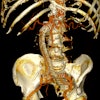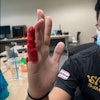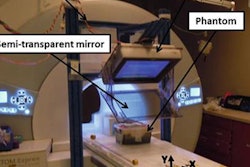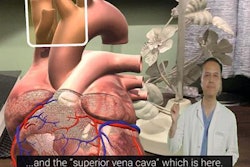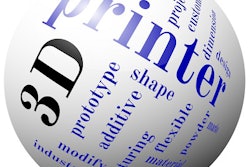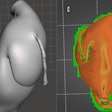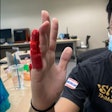Dear AuntMinnieEurope Member,
Being told to actively prepare and get ready for the coronavirus crisis is all well and good, but what does this actually involve for radiology departments? What practical steps are essential?
Thankfully, timely guidance has come this week in the form of two articles. A checklist approach can be extremely useful, and you won't want to miss the list of bullet points provided by a team of experts from the U.S. and Singapore. Also, four top U.K. thoracic imaging specialists have given advice on how to optimize the use of CT. Find out more in our CT Community.
We tend to think burnout rates are higher among older radiologists, but a new multinational survey has shown this is not always the case. The research confirms that burnout seems relatively common in the under 40s.
More imaging professionals are making effective use of 3D printing. Researchers from the U.K. and Sweden have presented their method for creating a realistic 3D-printed brain model from MR images. They also addressed how the model can help increase the viability of using CT segmentation to enhance the evaluation of neurological disorders. Go to the Advanced Visualization Community.
The clinical implementation of augmented reality (AR) is also making notable progress. A Swiss, German, and U.S. group has outlined the most popular clinical applications of AR in orthopedic surgery. They suggest that the technology can lower operating times, reduce surgical risks, and improve accuracy for image-guided procedures.
The second article about the forensic evidence in the police report on the serious accident in Swedish Lapland went live on Tuesday. Also, we've got an update on the specialist nurse in the case. If you missed it, head over to the MRI Community.

